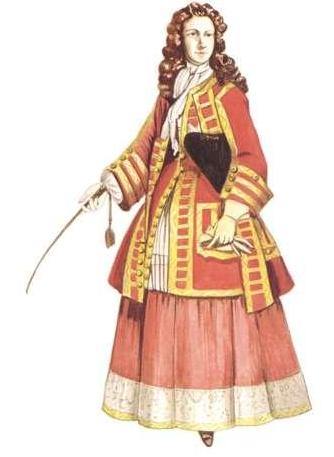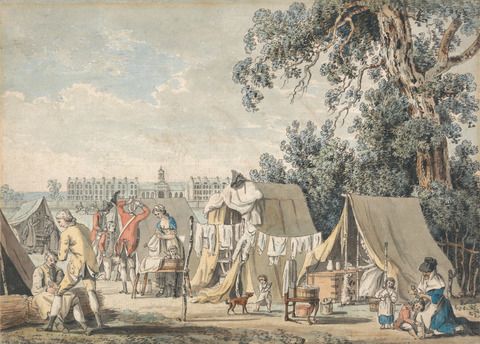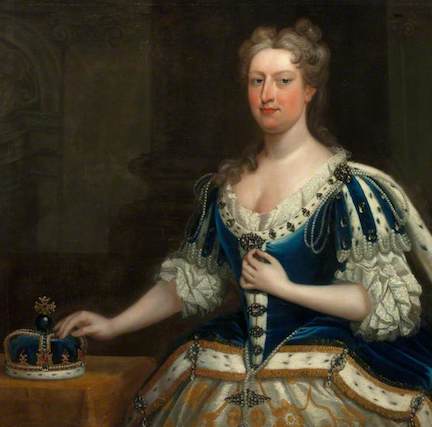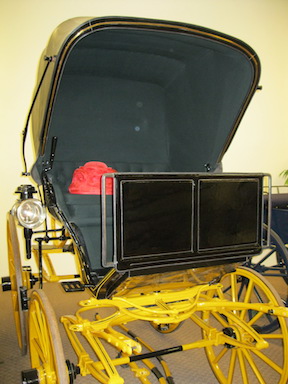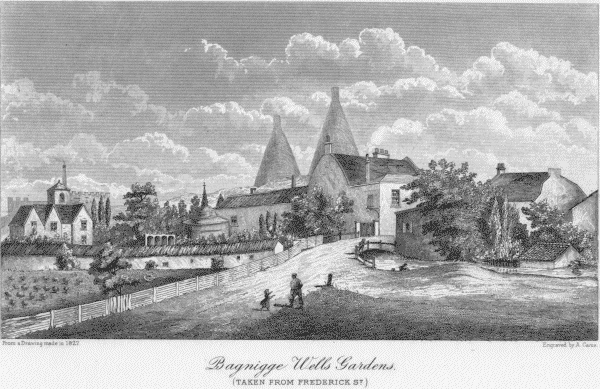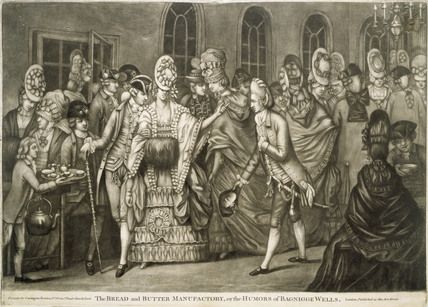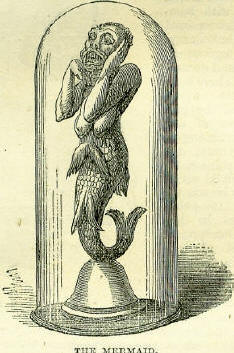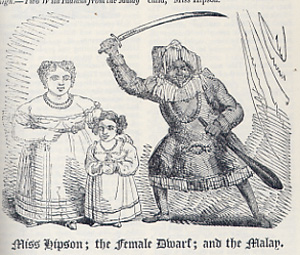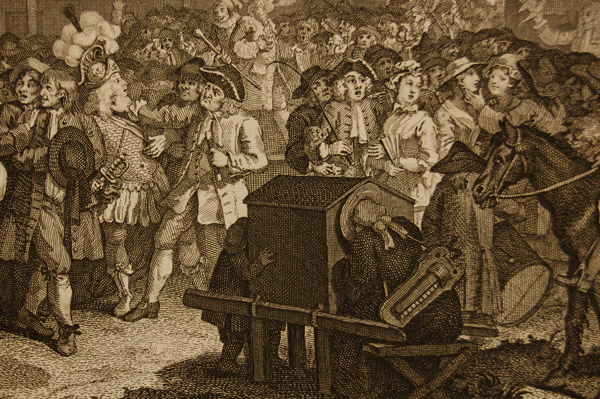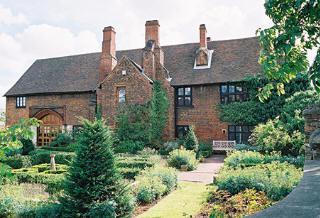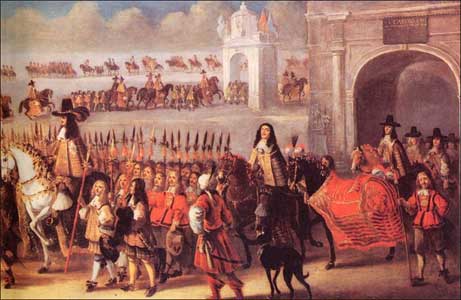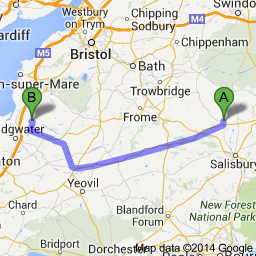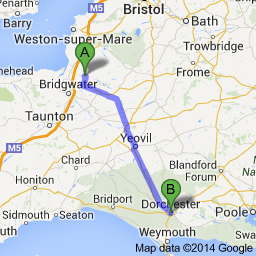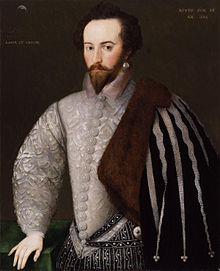Amusements of Old London
William B. Boulton, 1901
“… an attempt to survey the amusements of Londoners during a period which began… with the Restoration of King Charles the Second and ended with the accession of Her Majesty Queen Victoria.”
From Henry VIII’s Land Grab to a Public Park: Hyde Park
As the King’s most Royal Majesty is desirous to have the games of hare, partridge, pheasant and heron preserved in and about the honour of his palace of Westminster for his own disport and pastime, no person, on the pain of imprisonment of their bodies and further punishment at his Majesty’s will and pleasure, is to presume to hunt or hawk from the Palace of Westminster to St. Giles’ in the Fields, and from thence to Islington, to our Lady of the Oak, to Highgate, to Hornsey Park, and to Hampstead Heath.
With this proclamation, the abbot and monks of the Convent of Westminster were packed off to the provinces, and Hyde Park was established, encompassing at the time St. James’s, Green, and Regent’s Parks in addition to the present Hyde Park, in addition to additional square miles of land in the western and northern suburbs of London. The area remained a private royal park until Charles I opened it up to the public, dedicating Hyde Park to the enjoyment of the people “for ever.”
A few years later, the park was sold by the House of Commons “for ready money,” in three lots for £18,000. The new owners
…imposed a price for admission. Londoners still drove their coaches and rode their nags in Hyde Park in the spring, grumbled sadly, but paid their shillings and sixpences nevertheless, and flocked there as usual to flirt and ogle in its drives, or to watch the horse matches and chariot races, the foot races and the games of hurling, which had a surprising vogue from the very year the gates were opened to the public. There was little real interruption of the gaiety of which Hyde Park was the chosen retreat, and the traditions of the Restoration were in no way violated when the enterprising purchasers of the royal property found their titles treated as null and void by the courts of law.
That same epoch of the Restoration marks the first great period of Hyde Park as a public pleasure-ground. All classes had been quick to appreciate the value of a breezy open place, where fashion, jaded in the stuffy rooms and playhouses of the London of the day, could forgather in its chariots or on its horses, exchange its repartees, and gaze over an open country right on to the hills of Surrey and Kent on the one hand, and to the northern heights of London on the other.
The Ring Road
The Ring Road was a circular space some three hundred yards in diameter, around which was a carriage road, “enclosed in a rough fence of stakes and rails.” Along this road, horses and vehicles traversed in two circles, both running in opposite directions so that the visitors could pass each other. The idea was “to exchange witticisms with the acquaintances you saw for a moment,” without stopping, which was only allowed for King Charles II, “as he often did when the proper lady appeared in the other circle.”
Samuel Pepys says “the Dukes of York and Gloucester haunt the place much,” which, along with the “simpering beauties of Lely taking a turn in the Ring—Castlemaine, Stewart, Hamilton, Chesterfield, and the rest,” gave him a significant motivation for wanting to put in an appearance there himself. He comments on “the origin of the lady’s riding-habit, which first appeared in the Ring on the fair persons of the “Amazones,” as he calls them; “ladies with coats and doublets and deep skirts,” says Samuel, “just for all the world like mine, and their doublets buttoned up their breasts, with periwigs and with hats, so that only for along petticoat dragging under their men’s coats nobody would take them for women in any point whatever.”
By the time England had settled down under Anne and the first George a fashionable turnout in the Park had become a serious undertaking. The private coach of that day was a sprawling structure as large as a modern hearse, its ugly body hung on straps between widely separated legs, and its team no less than six grey Flanders mares. Its panels bore the quarterings of the coats-of-arms of its owners on a generous scale, and its coachmen and footmen were in liveries of a splendour which survives only to-day in those of the Mansion House. It was only the magnate of an assured position who could turn out in proper style in the Ring; the aspiring man of fashion of modest income, if he were wise, confined his equipage to the more modest proportions of a well-groomed hack, and made up for the modesty of his stable by the fineness of his wardrobe and the gallantry of his bear.
The Military Displays
During the public feeling of unrest which preceded the Jacobite rising of 1715, General Cadogan marched the Life Guards and Horse Grenadiers, the Duke of Argyll’s regiment of foot, and three battalions of Foot-guards, with field pieces and ammunition waggons, from the Tower into the Park, encamped them under canvas on the south side, just within the wall along Knightsbridge and Kensington Gore, and London was regaled with the first of those military displays which later became one of the chief attractions of Hyde Park. There were great doings on the 1st of August, the anniversary of the king’s accession. The Guards were paraded in their new uniforms to the admiration of the people, and the day concluded with fireworks and illuminations. There followed reviews by the king, the Prince of Wales, and the Duke of Marlborough at intervals during two months, and as the weather broke up in October, the troops went into winter quarters by exchanging their canvas tents for wooden huts, and wooden stables were provided for the horses. When the Prince of Wales’ birthday came round in November there were prodigious rejoicings. The officers commanding gave great presents to the troops. We read of the Duke of Montague providing five hundred pounds of pudding, two hogsheads of wine, two of ale, and an ox to be roasted whole at the head of the first troop standard. We can imagine the joy of the open-mouth Londoner at such proceedings, at the terrific huzzas as they drank his royal highness’s health in illuminated circles at night, at the volleys of cannon and small arms which followed each toast. The Ring was deserted, and one immediate result of the presence of the soldiers was the unwonted safety of the Park for passengers, the footpads being quite disconcerted.
In 1722, again, no less than 7000 men, with a field train, took up their position in Hyde Park… The whole town flocked to the Park, and the popularity of the meeting was so great that a full-blown fair arose on the skirts of the camp, with dancing saloons, puppet-shows, and billiard-tables and dice for the people of quality.
No wonder that the Ring was deserted, and the ladies, from duchesses to nurserymaids, flocked to the camp. They even adopted military habits, and red cloaks were much in vogue out of compliment to the soldiers. Grub Street grew furious at the luxury of the officers’ quarters, at the tea-parties, and the invitations to drink ratafia, at the gravel walks and gardens laid out round the marquees of the higher officers… The floors of the tent were boarded and carpeted, and the camp beds adorned with green and red curtains.
By 1780, however, the military presence became seen as a threat to personal liberty, and George III was persuaded to move them out of the park for the summer.
Rotten Row
Hyde Park, as a resort of fashion gained greatly by the adoption of Kensington Palace as one of the royal residences. William the Third gave London the first experience of a well-lighted road when he placed lamps along the carriage-way leading to Kensington Palace through the Park, and a new name to that road itself, which was called the King’s Road. “Route du Roi,” some hold, supplies the derivation of the modern “Rotten Row.”
Queen Caroline’s ambitious plans for expanding the gardens at Kensington Palace included taking three hundred acres from Hyde Park, as well as adding the Ring Road and even St. James’s Park. When she asked Sir Robert Walpole what it would cost, his answer was “Three Crowns, your Majesty.” She did, however, spend massive amounts of money in the park, convincing her husband that it was coming from her own funds and not the Privy Purse. The creation of the Serpentine is one example of her accomplishments.
St. James’s Park
As previously mentioned, the land acquired by Henry VIII included St. James Park, which still consisted of swampy meadows frequently flooded by the river, where he built his palace of St. James.
But St. James’s Park remained a wild boggy tract fit for little but the flushing of herons until the Stuarts were well established, and the first tradition of social pleasure in St. James’s was established only when the young princes, the Prince of Wales and Charles, and their companions, set up a tilting-ring and made a playground in the fields. Then the Park gradually became a walk for the courtiers, people of condition were afterwards admitted, and the tenants of the houses on the Westminster side obtained leave of entrance, a privilege afterwards extended to the general public.
The whole Park, indeed, was a menagerie and an unfailing attraction for Londoners at a time when Zoological Gardens were unknown, and a taste for wild creatures could only be gratified by a visit to the mangy collections of the Tower.
A big attraction was, of course, the opportunity to mingle with the king himself and his court. His ministers and everyone but the king himself was fearful of some lunatic with a knife, but “the king, as he told his brother, was certain that they would not kill him to make James king, and continued his walks in the Park… and encouraged the troops of his subjects who followed him about, to their huge delight.
The Park, indeed, was a great place for the loafer, then as now. It was an appanage of the court which was free from the tyranny of the king’s writ, and anyone guilty of a crime less heinous than high treason was safe in its precincts from bailiff or Bow Street officer. This immunity brought together a constant population of unpromising individuals, who sunned themselves on the grass, filled the benches, begged alms or told fortunes, and picked pockets. Their only enemy was the press-gang, which enjoyed privileges denied to the officers of the law, and swooped down at intervals to make hauls of as many as 150 in one day.
Pall Mall
Charles II planted elm trees along the road from Spring Gardens to Buckingham Palace, added walks with avenues on each side, and played the game of Pall Mall there until the game was moved to St. James’s Park.
Pall Mall seems to have been a species of croquet, on a heroic and athletic scale. The game required a long straight course, finely kept, down which a wooden ball could be driven with a mallet, and through a bridge of iron at either end. Players scored by the fewness of their strokes, as at golf, and the driving of the ball a long distance in a proper direction was one of the qualifications for success, qualifications possessed by the king and his brother James in an eminent degree.
Green Park
About 1786 fashion left its shades and avenues to the middle-classes, the city ladies, and the country cousins, and moved off unaccountably to the Green Park. The Green Park, since Charles the Second enclosed it about 1660, had been little more than a hunting-ground for footpads and a duelling-ground for drunken or quarrelsome combatants…[until in 1780] it suddenly became the habit of the well-bred to make their evening promenade up the Queen’s walk and round the reservoir which filled the north-eastern corner of the Green Park… Here for a few seasons fashionable London displayed itself in its evening dress after dinner, and incidentally and accidentally gave a great value to the houses on the west side of Arlington Street… The view across the Green Park at that time was very impressive. There was no building in Pimlico or Belgravia; the Thames could be seen from these windows; Lambeth was a marsh with pastures, ponds, willows and cattle, recalling a Dutch landscape, and behind all rose the hills of Sydenham, covered with wood unspoiled by building and unclouded by smoke.
Late Eighteenth and Early Nineteenth Centuries
Driving in the parks became the fashion, and there, as the present century opened, might be seen those strange vehicles from which all modern carriages have been evolved. The phaeton of that day was a spider-like arrangement with four sprawling wheels, four horses, and holding but two persons. There was the curricle, an invention of more sanity, but still requiring three horses and carrying only two persons. The gig was the father of the tilburies, whisks, and all other two-wheeled vehicles, many of which still survive. The horses, as we learn, were of a heavy breed, “Cleveland blacks and long-tailed bays,” approaching in type those used for light drays and omnibuses to-day.
With materials such as these the youth of both sexes of the Regency and George the Fourth superseded the old promenades of the Mall, and revived the tradition of equestrianism and equipage of Hyde Park which survives in our own day, and has produced such organisations as the Four-in-Hand Club.
In addition to social opportunities for the fashionable, people were known to skate on the ice of the canal at St. James’s and on the Serpentine. An early form of cricket was played by Frederick Prince of Wales and other men of station. Also popular were prize-rings improvised on the premises, and duels to be ogled.

